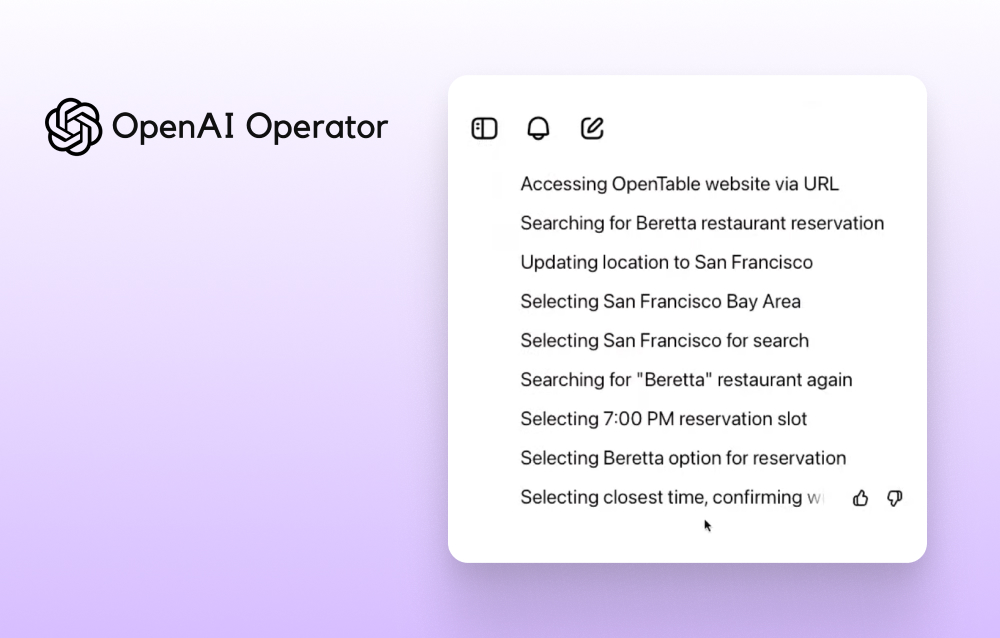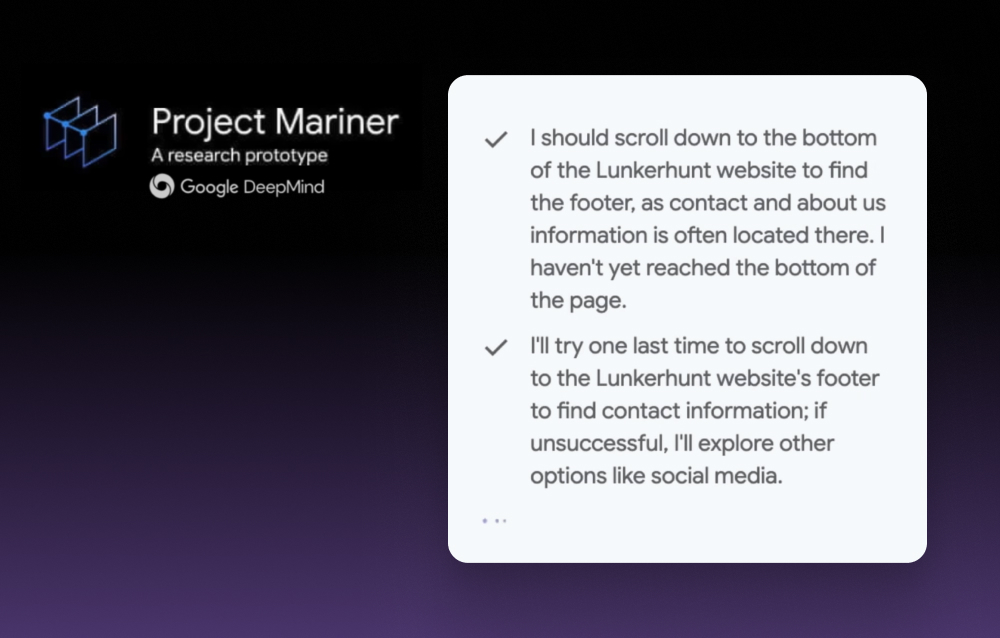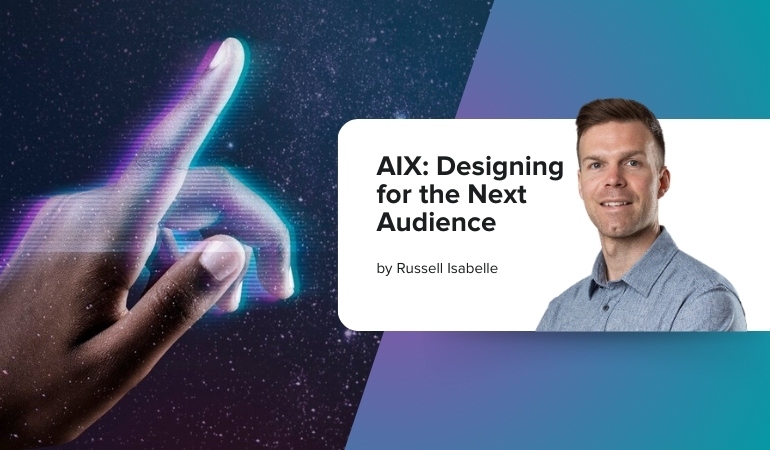Over the past few months, I’ve been exploring the concept of AI agents and closely following the releases of OpenAI’s Operator and Google DeepMind’s Project Mariner. This isn't about jumping on the AI bandwagon, it's about recognising the beginning of a new way to interact with the internet.
What Are AI Agents?
Ask a programmer, data scientist, or UX designer, and you’ll hear different definitions of an “AI agent.” For some, an agent is their personalised instance of ChatGPT, tailored to their needs with carefully crafted personalities. For others, agents work within an Integrated Development Environment (IDE), debating prompts and generating optimised outputs collaboratively.
Sam Altman, CEO of OpenAI, describes Operator as their first AI agent; an autonomous assistant capable of shopping, booking trips, and finding event tickets. These agents act independently, completing tasks and reshaping how users interact with the web.
AIX: The New Frontier
A new design consideration is emerging alongside user experience (UX) that I’m calling AIX (AI Experience). Its goal is to create interfaces that AI agents can navigate seamlessly. AI agents read websites to make decisions, but without human intuition, they rely on clear relationships between site elements.

Demos from Operator and Project Mariner highlight how AI agents interact with interfaces:
- Operator displayed its decision-making process in real time, adjusting actions like changing location settings or selecting the nearest available time based on search results.
- Project Mariner explained its thought process, responding like a human; skipping tasks when confronted with lengthy scrolls or confusing menus, and abandoning workflows entirely when the UX was poor.

Why AIX Matters
OpenAI is partnering with major brands like eBay, OpenTable, and Uber to ensure Operator engages smoothly with their platforms. However, many brands risk falling behind if their interfaces are unintuitive to AI agents, even if they perform well in search.
Recent demos reveal how agents interact with websites and where they fail:
- Obstructive pop-ups: Unlike humans, agents can't bypass intrusive banners—they hit dead ends.
- Complex navigation: Long forms and multi-step logins confuse task-oriented agents.
- Poorly structured content: Without a clear hierarchy, agents might fail to identify key elements like prices or purchase buttons.
Designing for AIX: Key Considerations
As designers, we must shift our mindset. An AI agent isn’t governed by emotions and easily distracted; it is task-focused. Here are a few design principles to embrace for AIX:
- Simplify navigation: Minimise multi-step workflows and complex drop-down menus, with clear actions.
- Remove interruptions: Eliminate pop-ups, overlays, and forced ads.
- Succinct and consistent pages: Minimise page scrolling and use predictable design patterns for layouts and components.
The Future of AIX Is Now
AIX isn’t a passing trend—it’s the next evolution in interface design. As AI agents become central to user experiences, brands optimised for agent interaction through best-practice UX design will gain a critical advantage.
We need to wake up to the reality that AI isn’t just a personal assistant,it’s going to be a user. The question is: Is your website prepared for it?





